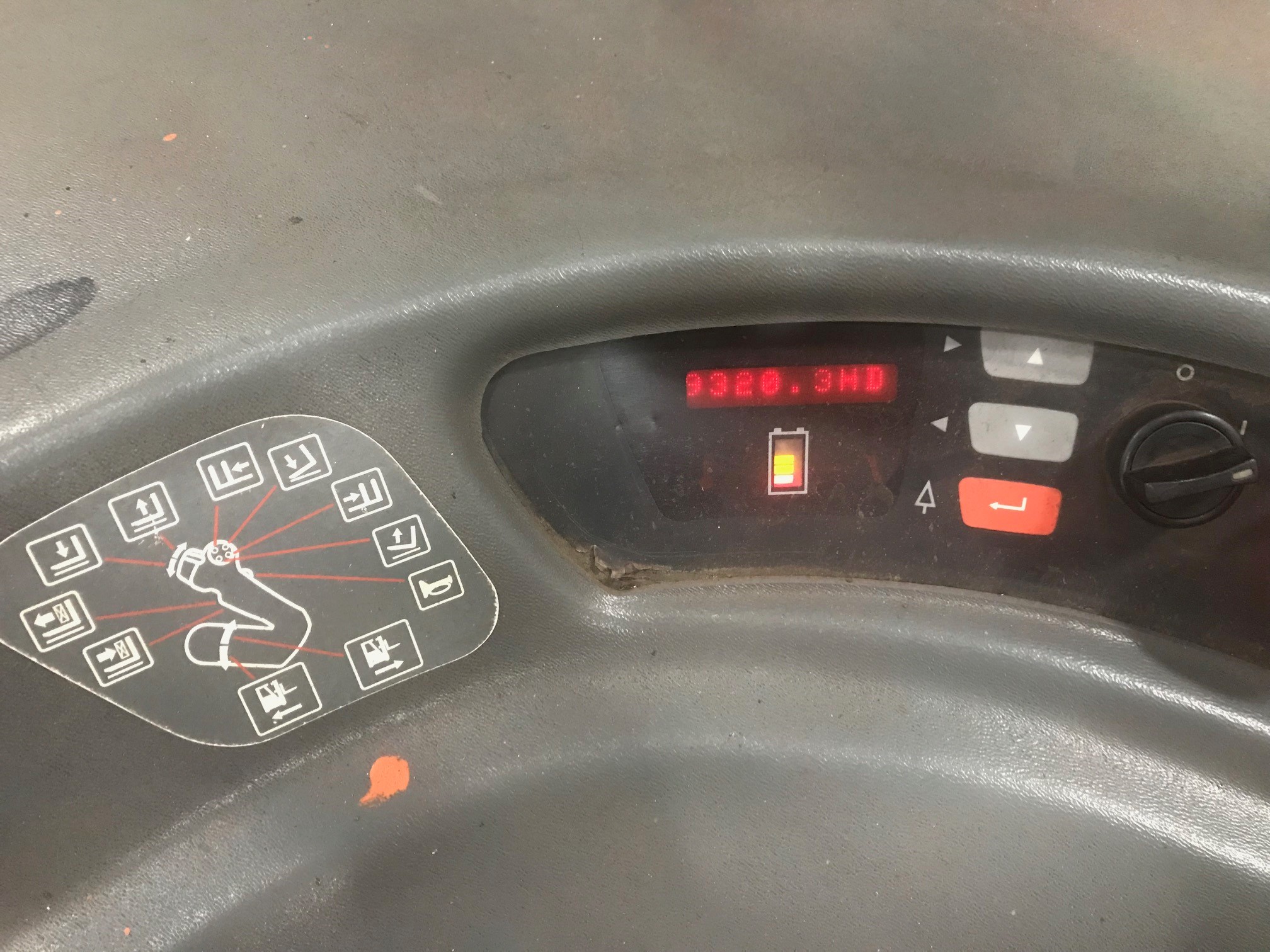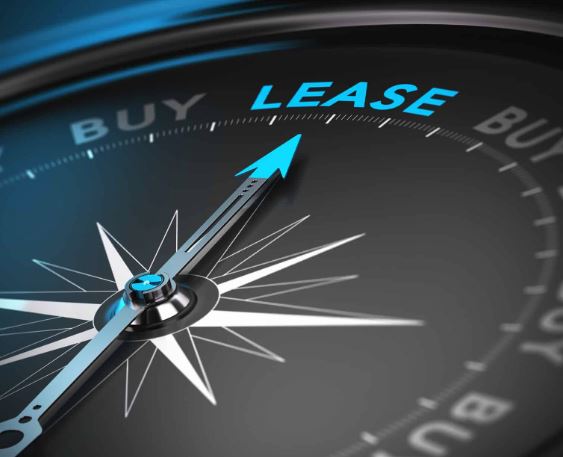Much like the automotive industry, forklifts have a retirement age. Most automobiles in today’s market  will last 200,000 to 300,000 miles – if properly maintained. In the forklift industry, mileage is determined by operating hours. For example, approximately 20 automobile miles equals one forklift operating hour. So, if properly maintained, the typical life expectancy of a forklift is 10,000 to 15,000 operating hours. Sometimes 20,000 hours or more can be reached, but at a cost that usually supersedes the value of the keeping the equipment.
will last 200,000 to 300,000 miles – if properly maintained. In the forklift industry, mileage is determined by operating hours. For example, approximately 20 automobile miles equals one forklift operating hour. So, if properly maintained, the typical life expectancy of a forklift is 10,000 to 15,000 operating hours. Sometimes 20,000 hours or more can be reached, but at a cost that usually supersedes the value of the keeping the equipment.
Forklift replacement cycle
There are many other operational variables to consider that will directly affect the life expectancy of your forklift. If your warehouse is clean, climate-controlled and has smooth floors with a light duty work cycle (1,000 hours per year), the life span should be 15,000 operating hours or more. If you run multiple shifts with medium to heavy-duty use (1,500 hours per year), the life expectancy of your forklift will be closer to 12,000 hours. However, if your warehouse is dirty, has rough floors and/or a freezer or wet environment, that could knock several thousand hours off the expected useful life.
Equipment can be kept longer but remember that excessive maintenance and downtime expenses will surpass the cost to replace it with a new unit.
Flexible financing to manage your budget
If you finance your equipment, plan to retire your forklift with a lease to suit your unique operational  needs. Here is a guideline to help you make a good financial business decision based on usage.
needs. Here is a guideline to help you make a good financial business decision based on usage.
- When you run multiple shifts, above 1,500 operating hours per year in medium to heavy-duty warehouse conditions, a 60-month Fair Market Value (FMV) operating lease is recommended. This allows for a better rate with leasing benefits as well as the option to return the equipment and replace with new units. If equipment in this environment is kept longer than five years, you will reach the useful life expectancy around the six-year mark. Keep in mind, even though you will have no monthly lease costs, this additional time may result in increased maintenance costs and downtime.
- When you run 800 to 1,000 hours per year in light to medium-duty warehouse conditions, a 60-month Full Payout (FPO) capital lease might be a good alternative approach. With the changes in the accounting standards, all types of leases will go on your balance sheet, but this approach means you own the equipment after five years and can run it until it no longer makes sense.
If you’re unsure which equipment lease option to choose, an experienced material handling specialist can provide a free analysis of your needs and help you to make an informed decision.



Leave a Reply
You must be logged in to post a comment.